A representative of the Ho Dynasty Citadel Heritage Conservation Center (Tay Do commune, Thanh Hoa province) said that the Ministry of Culture, Sports and Tourism has just allowed the unit to coordinate with the Institute of Archaeology to excavate the entire foundation 4 and foundation 5 of the Nam Giao-Tay Do Altar.
 |
Architectural remains of the Nam Giao Altar of the Ho Dynasty Citadel after excavations. |
From October 2025 to July 2026, the Ho Dynasty Citadel Heritage Conservation Center and the Institute of Archaeology conducted excavations on an area of 9,909 square meters, including 94 holes in foundation areas 4 and 5 - key areas in the overall architecture of the Nam Giao Altar.
During the excavation process, licensed units must ensure the protection of the site's stratigraphy, the safety of relics, antiquities and excavation sites; develop plans and schedules in accordance with approved goals and solutions.
All relics and antiquities discovered during excavation must be temporarily protected on site, scientifically edited and reported to the Ministry of Culture, Sports and Tourism to decide on a plan to preserve and promote their value.
 |
An ancient terracotta jar was discovered at the Nam Giao Altar. |
 |
The King's Well, over 600 years old (located in the southeast corner of the Nam Giao Altar area) after urgent preservation. |
In case of relics that need to be preserved long term, they will be temporarily imported to the local public museum where the archaeological site is located.
In this excavation, scientists expect that foundations 4 and 5 of the Nam Giao Altar will continue to contribute more scientific arguments to complete the dossier, while opening up the opportunity to restore the entire Ho Dynasty's Heaven worship ritual, contributing to preserving and promoting the unique value of the Ho Dynasty Citadel World Heritage Site.
Historical records show that in the year Canh Thin 1400, Ho Quy Ly ascended the throne, established the Ho Dynasty and established a new capital Tay Do, also called Tay Giai to distinguish it from Dong Do (Thang Long, Hanoi).
In 1402, King Ho Han Thuong, the second son to whom Ho Quy Ly passed the throne, ordered the construction of the Nam Giao Altar. The Nam Giao Altar of Ho Dynasty Citadel was completed in August 1402, now located in the administrative boundary of Vinh Loc commune (old Vinh Loc district), with an area of over 2 hectares, about 2.5 km southeast of Ho Dynasty Citadel.
 |
Overview of the Nam Giao Altar seen from Don Son Mountain (Thanh Hoa). |
From 2004 to now, after 4 times of exploration and excavation with a total area of 18,000m2 , scientists have basically identified the characteristics of the Nam Giao Altar relic of the Ho Dynasty with a quite unique architecture: the back leans on Don Son mountain (Dun mountain), in front is Nam Giao field, the structure consists of 5 levels from low to high, the structure is rectangular facing South, clearly showing the concept of "round sky, square earth" of the ancients.
The main architectural material used to build the Nam Giao Altar was green stone, similar to the stone used to build the Ho Dynasty Citadel. In addition, archaeologists also found artifacts of many other types and materials, notably a group of terracotta materials such as rectangular bricks, roof tiles carved with dragons, etc.
The Nam Giao Altar relic site was discovered and inventoried in the 1980s. By 1990, the relic complex including Tran Khat Chan Temple, Giang Pagoda (Tuong Van Tu), Nhan Lo Pagoda and Nam Giao Altar was ranked as a provincial relic.
In October 2007, Nam Giao Altar was officially recognized as a National Archaeological Site. Nam Giao Altar is one of three components that make up the core zone of the Ho Dynasty Citadel Heritage. Together with other works, Nam Giao Altar has contributed to clarifying the history, art, architecture and life of the Ho Dynasty.
Those values not only affirm the stature of the heritage, but also increase the attractiveness and cultural depth of the Ho Dynasty Citadel World Heritage Site today.
Source: https://baobacninhtv.vn/khai-quat-toan-bo-nen-4-va-nen-5-dan-te-nam-giao-trieu-ho-postid430782.bbg





![[Photo] Prime Minister Pham Minh Chinh receives Lao Minister of Labor and Welfare Phosay Sayasone](https://vphoto.vietnam.vn/thumb/1200x675/vietnam/resource/IMAGE/2025/11/11/1762872028311_dsc-2246-jpg.webp)








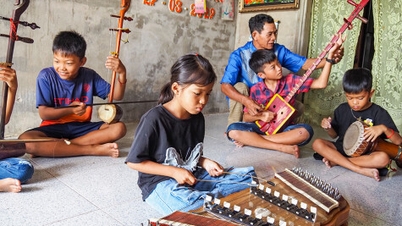







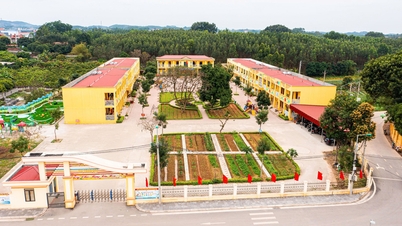






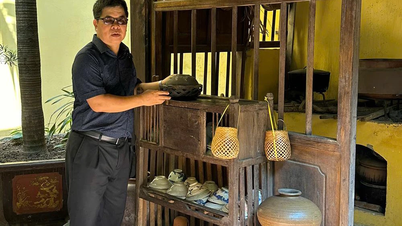







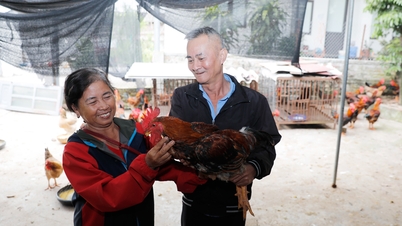
























































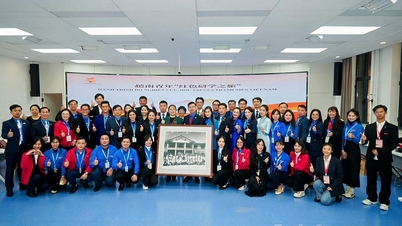














![Dong Nai OCOP transition: [Article 3] Linking tourism with OCOP product consumption](https://vphoto.vietnam.vn/thumb/402x226/vietnam/resource/IMAGE/2025/11/10/1762739199309_1324-2740-7_n-162543_981.jpeg)







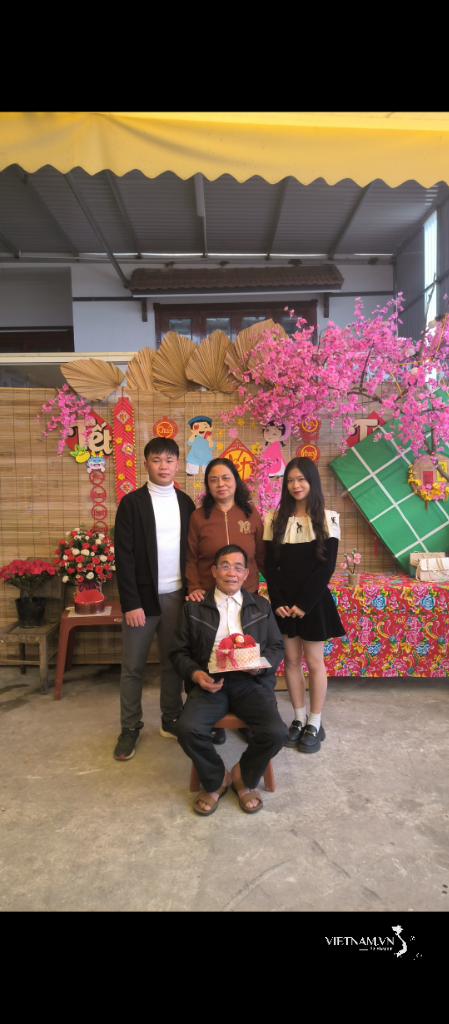
Comment (0)